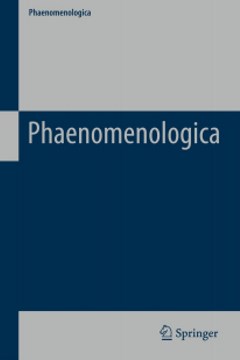Repository | Series | Book | Chapter
Towards an integrated theory of intersubjectivity
the person and the social group
pp. 93-116
Abstract
Thus far, we have considered the three levels on which Schutz treats the problem of intersubjectivity. It should now come as no surprise to hear Schutz claim that "my experience of my fellow-man in the we-relation... is the experience of a man, it is the experience of a typical actor on the stage of the social world, it is the experience of this completely determined, unique fellow-man in this completely determined situation".1 Moreover, it should now be clear why Schutz, throughout his work, continuously refers to the "general thesis of reciprocal perspectives" which consists of the "idealization of the interchangeability of the standpoints", the "idealization of the system of relevances", and the "idealization of the reciprocity of motives".2 The "general thesis of reciprocal perspectives" refers to the problem of intersubjectivity in general, and each of the idealizations respectively concern each of the levels at which the problem of intersubjectivity has been dealt with above.
Publication details
Published in:
Vaitkus Steven (1991) How is society possible?: intersubjectivity and the fiduciary attitude as problems of the social group in Mead, Gurwitsch, and Schutz. Dordrecht, Springer.
Pages: 93-116
DOI: 10.1007/978-94-009-2077-4_7
Full citation:
Vaitkus Steven (1991) Towards an integrated theory of intersubjectivity: the person and the social group, In: How is society possible?, Dordrecht, Springer, 93–116.




